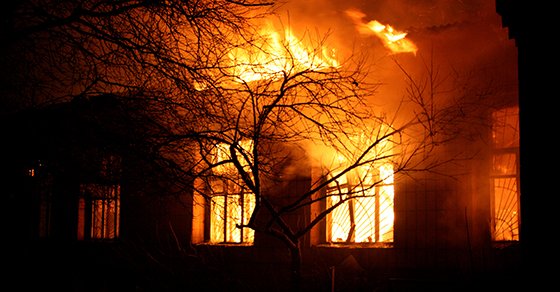COVID-19 was a kind of disaster most not-for-profits weren’t prepared for. As your organization recovers from this unusual event, don’t let it become vulnerable to other, more common, threats. Every nonprofit needs a formal disaster plan for such risks as a fire, natural disaster or terrorist attack.
Isolate threats
No organization can anticipate or eliminate all possible risks, but you can limit the damage of potential risks specific to your nonprofit. The first step in creating a disaster plan is to identify the threats you face when it comes to your people, processes and technology. For example, if you work with vulnerable populations such as children and the disabled, you may need to take extra precautions to protect your clients.
Also, assess what the damages would be if your operations were interrupted. For example, if you had an office fire — or even a long-lasting power outage — what would be the possible outcomes regarding property damage and financial losses?
Delegate responsibility
Designate a lead person to oversee the creation and implementation of your continuity plan. Then assemble teams to handle different duties. For example, a communications team could be responsible for contacting and updating staff, volunteers and other stakeholders, as well as updating your website and social media accounts. Other teams might focus on:
- Safety and evacuation procedures,
- Technology issues, including backing up data offsite, and
- Financial and insurance needs.
Don’t neglect planning for recovery, or how your nonprofit will get employees back to work and your office and services up and running. You may need to plan in phases that can be rolled out depending on the extent of the disaster’s damage.
All must plan
All organizations — nonprofit and for-profit alike — need to think about potential disasters. But plans are critical for charities that provide basic human services (such as medical care, food and housing) or that respond directly to disasters. This could mean mobilizing quickly, perhaps without full staffing, working computers or safe facilities.
If you aren’t sure where to start with your disaster plan, contact us for more information.
© 2021




